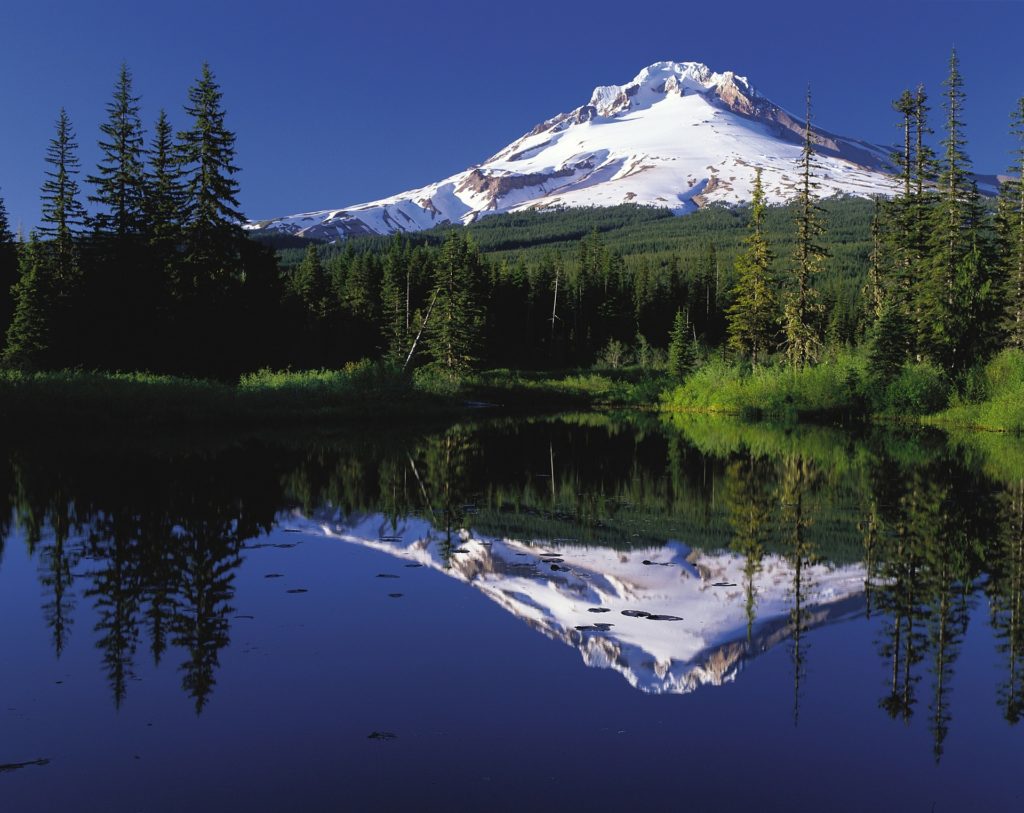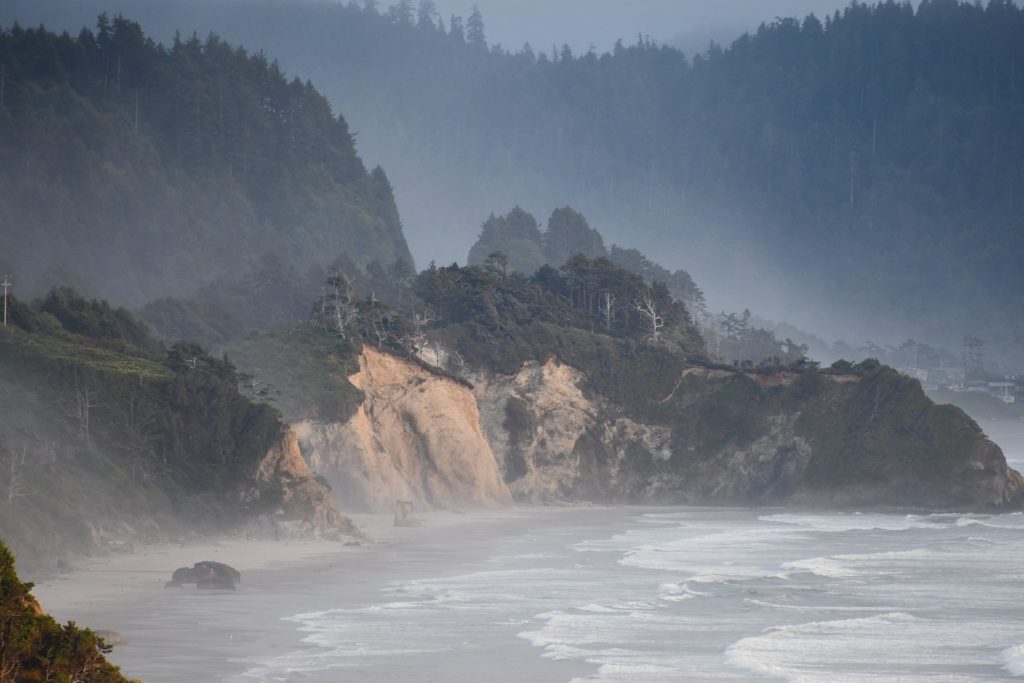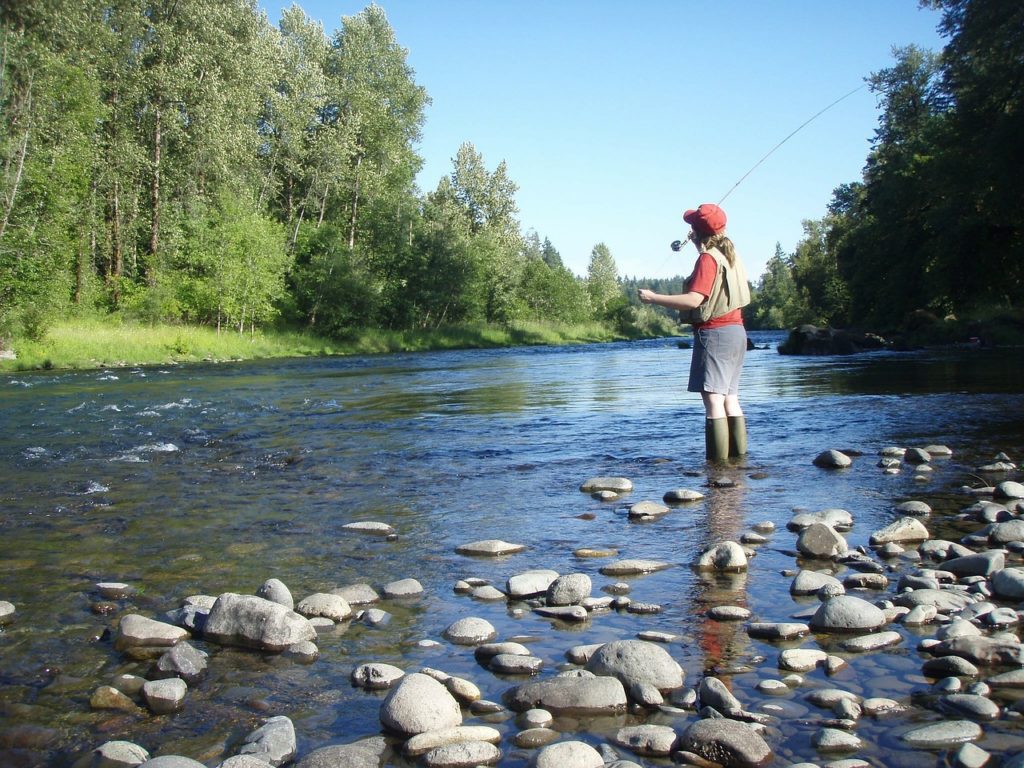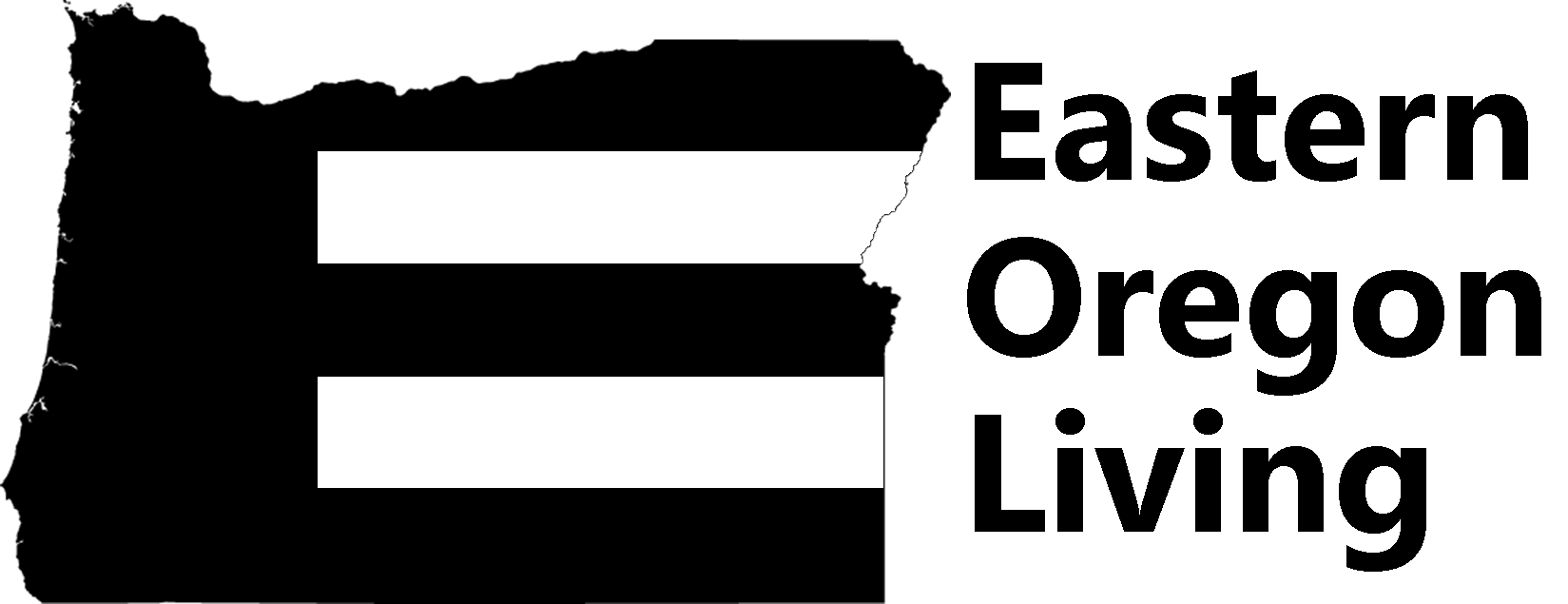(Content submitted by Lisa Roberts.)
If you’re thinking about moving to Oregon, you may be wondering what the best place to put down your roots is. Nowadays, in this very divided political climate, there is a lot of talk about the differences between regions. In most cases, people consider these differences nationwide, but in states like Oregon and many others, there are quite important distinctions between parts of an individual state as well. Oregon is a state that can offer a cozy corner for everyone, no matter what their predilections are. However, being aware of the differences between Western and Eastern parts of Oregon can help you find a perfect place for yourself.
Natural elements
Oregon is a very diverse state when it comes to nature. This is one of its many draws for both tourists and people thinking of moving there. Oregon’s mountainous region and its national parks are a great perk for anyone with a preference for the great outdoors. There are differences in climate throughout the state as well.
Landscapes
West Oregon is home to three of the US’s most prominent summits. These are some of the most popular attractions in the state. The westernmost parts of Oregon are quite different from the landscapes present in the east. West of the Cascades, Oregon’s flora and fauna is very diverse. There is a large variety of different trees as well as wildlife and birds. Its coastal position provides Oregonians with proximity to a lot of different marine life as well – seals, sea lions, whales, etc.

East of the Cascades, however, the landscapes are more akin to what can be found in Arizona or New Mexico. For example, the Oregon Badlands Wilderness region can be very interesting to both visitors and residents. The nature is quite subdued here compared to West Oregon. It is still very interesting, though. This part of the state is home to very old juniper trees. Even further to the southeast of the state, one comes across a barren desert, which is very illustrative of Oregon’s differing landscapes.
Climate
Since the landscapes are so varied in Oregon, so is the climate. It could mostly be referred to as mild, but there are exceptions. The western part of the state has mostly oceanic climate given its coastal position. Precipitation is very high during the winter months, as well as during autumn and spring. Summers are, however, quite dry. East of the Cascades the climate is a bit more varied. It is much drier than the west and the temperatures are generally quite mild. The winters are quite mild and the summers are pleasantly cool. The exceptions are the desert regions in the east which have very cold and snowy winters and extremely dry summers.

Population
A difference in population numbers is perhaps the starkest of the differences between western and eastern Oregon. Up to 87 percent of Oregon’s population lives in its western parts. The reason for this is obviously the fact that western Oregon is home to its largest cities. There are quite important cultural, political and sociological differences between the metropolitan area of Portland, Salem, and Eugene in the west and all of Oregon east of the Cascades.
Politics
The Cascades act almost as a political border between Oregon’s two political factions. Political leanings are among the main differences between the western and eastern parts of Oregon. Like much of the country, the urban areas of western Oregon are much more liberal-minded than their eastern neighbors. In the east of the state, people are much more conservative. This divide went so far in the early days of the 2004 presidential election that Oregon was pronounced the most politically polarized state in the US.
Economy
Even though the Metro area is clearly located in the west of the state, certain areas in the east of Oregon are undergoing some important developments. Hermiston and Boardman areas have been the ones undergoing the biggest changes when it comes to commerce and industry.
Pace of life
Another one of the major differences between the western and eastern parts of Oregon is the way life is organized. As mentioned, in what is considered Eastern Oregon, there are fewer major cities and so the pace of life is much different than say, a city like Portland in western Oregon. Eastern Oregon is much more rural, though, lots of people commute into bigger towns for work.
This is perhaps something most people want to consider when thinking about moving. If you find that the commutes are too strenuous or you would actually like to live out of the way of the hustle and bustle of a major city, you can easily find movers to help you move even within Oregon. Professionals can help you organize and pack your belongings and you will be able to start fresh somewhere that fits your affinities more.
Recreation
The fact that it boasts such wonderful nature wherever you end up makes Oregon a very desirable residential location. If you are at all into outdoor activities, you are bound to find something fun to do. The landscapes are so varied that they offer such different opportunities. Western Oregon is rich in forest and wildlife so hiking and even hunting are some of the available outdoor activities. In East Oregon, the Blue Mountains and the Columbia River also offer opportunities for hunting and fishing. Here, there are also wineries and cider breweries that allow for some fun to be had in nature too.

Culture
Culture in Western Oregon is much more turned towards the cultural opportunities provided by any larger metropolitan area. In the east, however, there are some native cultures present. One example is the one around the Confederated Tribes of the Umatilla Indian Reservation. It is located just east of Pendleton.
Education
Both Western and Eastern parts of Oregon boast different university towns. The universities in the west are generally better ranked, though. When it comes to public education, Oregon has had one of the lowest graduation rates in the nation in the past, state-wide. However, like anywhere else, it is possible to pick the right school in Oregon if you look into it.





